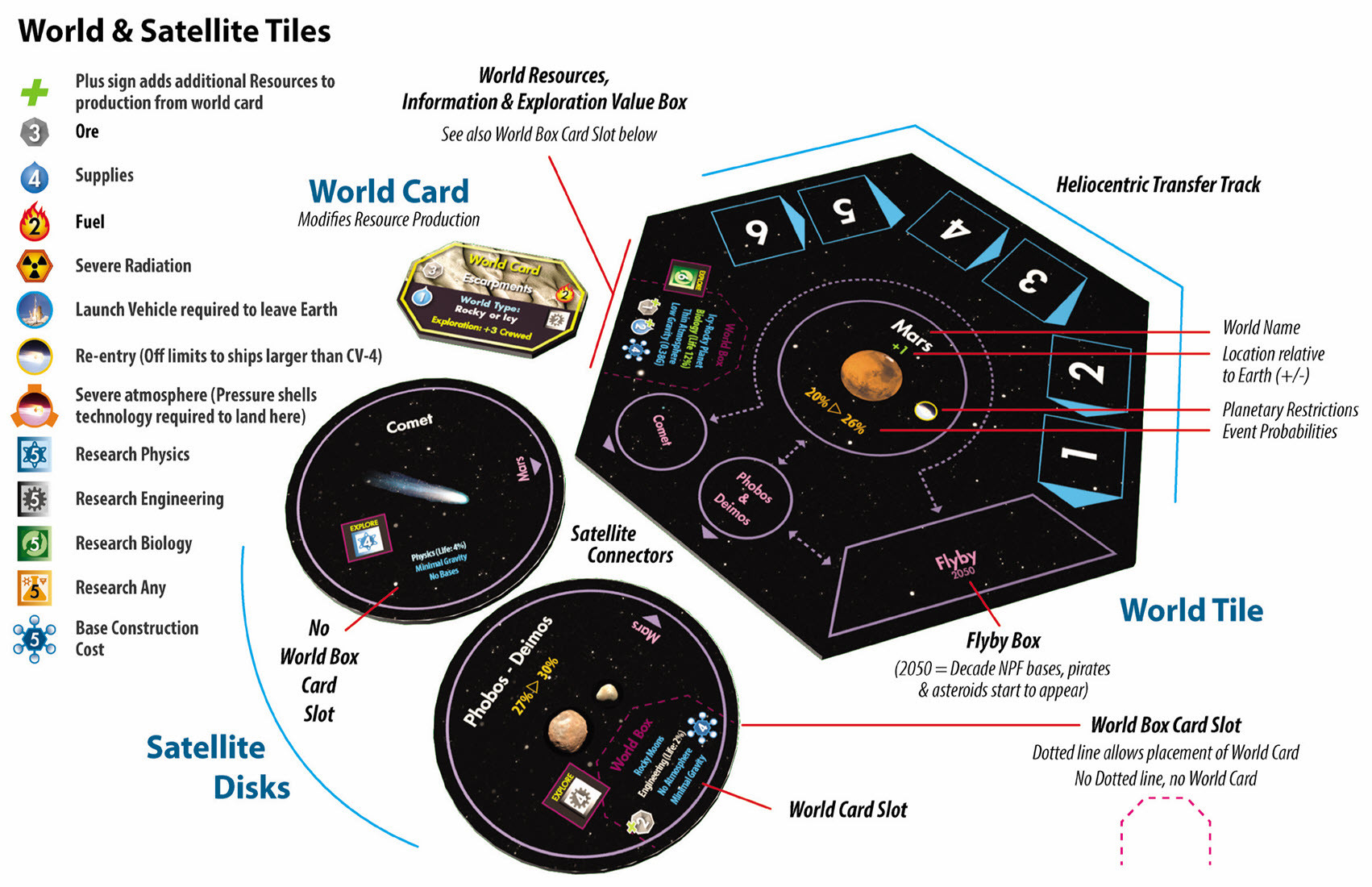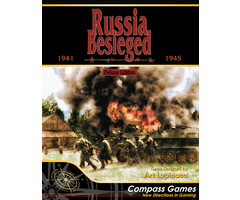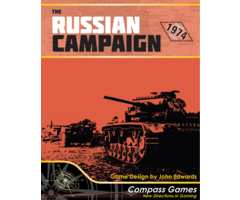Stellar Horizons
Stellar Horizons is a “build your own space program” game where you will lead one of seven Earth Factions to explore and develop our solar system. Designed by a real-life space engineer with a PhD in long-duration spaceflight from MIT, Stellar Horizons is intended to be a plausible representation of the first steps of humanity towards the stars between 2030 and 2169, with each turn representing a year of time. You control your Faction’s space program, outposts, and fleets spanning across the solar system, although you will also have some influence over your Faction’s politics back home on Earth as space development becomes more important.
Stellar Horizons is a “near future” game for 1-7 players where you will lead one of Five Earth factions to explore and develop our solar system.
It is intended to be a plausible representation of the first steps of humanity towards the stars between 2030 and 2169, with each turn representing a year of time.
You are in charge of your faction’s space program, although you will have some influence over your faction’s politics on Earth as space development becomes more important. It includes co-operative and competitive scenarios lasting an hour or more, and a campaign lasting a day or more.
Each of the seven factions have different strengths, weaknesses, abilities, and available ships based on their unique geopolitical situation. Military conflict is certainly possible but not always encouraged. The game offers opportunities for more diplomatic, technological, and economic competition than outright combat, although neglecting warships entirely leaves you vulnerable to pirates, trade embargoes, and sneak attacks by rogue players and factions.
Stellar Horizons includes short co-operative and competitive scenarios lasting an hour or more, and campaigns lasting a day up to about a full weekend for experienced players.
Up to seven players can play at a time and the game is most fun with at least 2, but there are also 1-player scenarios, and the campaigns are highly suited for solo play.
There are three ways to win the campaign: be the first to develop an Interstellar Colonizer, terraform a world, or achieve dominance in space over your rivals.
PLAY SEQUENCE
Each yearly game turn is divided into phases, which are subdivided into steps. Each phase/step is completed in initiative order.
1. Economic Phase (only every decade starting in 2040)
- Collect politics markers & roll for events
- Roll for initiative (simultaneous)
- Diplomacy (in reverse initiative order)
- Earth & base production
- Resource transportation
- Assign bases, pirates, asteroids, & trade markers
- Develop technologies in reverse initiative order)
- Settlement growth
- Policy step in reverse initiative order)
2. Build & Service Phase
- Build and service ships (in reverse initiative order)
3. Movement Phase
- Drop all ships in transfer boxes (simultaneous)
- Movement (order by initiative choice)
4. Combat Phase
- Space combat
5. Exploration Phase
- Explore (with depletion: mission, world card, search for life, politics marker); check for malfunction/recall
- Produce with Crew Vehicles
6. Trade & Base Construction
- Trade with bases
- Build & expand bases
- End of game check
- Advance turn marker
While every single step is quite simple, there is a lot to consider in a game turn of Stellar Horizons!
PRODUCT INFORMATION
- Complexity: Medium
- Time Scale: 1year/turn
- Map Scale: The Solar System
- Unit Scale: Manned and Robotic Starships
- Players: 2 to 7
- Solitaire Suitability: High
- Playing Time: 1 – 20 hours
- Designer: Andrew Rader
- Graphic Design: Andrew Rader
COMPONENTS
Stellar Horizons consists of:
- 1 Rulebook
- 20 Punchboards containing:
- 231 Units – 33 for each faction
- 1 Invader
- 30 Mission markers
- 2 Turn markers – 1 Year and 1 Decade
- 8 Asteroid markers
- 12 Signs of Life/Life markers
- 12 Pirate markers
- 15 Helio Transfer markers
- 27 Trade markers
- 90 Numbers – numbered 1 through 9
- 182 Faction markers
- 30 Damage markers
- 100 Settlement markers
- 130 Installation markers – 21 each of Supply Stations, Spaceports, Mining Stations, Refineries, and Research Stations, and 25 Defense Works
- 40 Politics markers
- 40 Victory point markers
- 108 Technology number markers for Engineering, Physics, and Biology – in denominations of 1,2,3, and 5
- 21 Technology bank markers – 3 for each faction
- 2 Large Planet tiles – e.g. Jupiter
- 2 Medium Planet tiles – e.g. Neptune
- 8 Small Planet tiles – e.g. Earth and Alpha Centauri
- 24 Satellite/Moon tiles – e.g. Hygeia-Palas and Triton
- 1 Deep Space Astronomy tile
- 54 World Cards
- 29 Currency Coins in denominations of 1,2,5,10, and 25 Billion
- 393 Resource markers – 131 each of Ore, Fuel, and Supplies in denominations of 1,2,5,10, and 25
- 4 Punchboards containing the 7 Player Faction boards and the Policy Tree
- 1 Punchboard containing the Tracks board
- 1 Technology Tree on a mounted board
- 4 Player Aids containing the various charts and tables needed to play and the Solar System and Space diagram
- 1 Percentile die and 3 ten-sided dice
- 1 Box and lid set
- Brand: Compass Games
- Article number: 210000027635
- Designer: Andrew Rader
- Year: 2020
- Number of Players: 2-7
- Time: 1-20 Hours
- Ages: 14+
- Mechanics: Dice Rolling, Income, Investment, Simulation
- Theme: War, Space
- Game Video: <iframe width="250" height="145" src="https://www.youtube.com/embed/cFM8uQWQDy8" title="YouTube video player" frameborder="0" allow="accelerometer; autoplay; clipboard-write; encrypted-media; gyroscope; picture-in-picture; web-share" allowfullscreen></ifr














